The election of Donald Trump as the next President of the United States seems to have sealed the fate of the Trans-Pacific Partnership, writes Mireya Solis. The American TPP interlude is over, time for TPP (and Asia) to move on. This piece originally appeared on Nikkei Asian Review.
The election of Donald Trump as the next president of the United States seems to have sealed the fate of the Trans-Pacific Partnership. The president-elect has promised to withdraw the United States from this 12-nation trade deal on his first day in office, and the Congressional Republican leadership will not bring the TPP to a vote in the lame-duck session. The priority for establishment Republicans is to repair relations with Trump, not to alienate him on a defining issue of his candidacy—trade-bashing—which so powerfully mobilized Trump’s supporters. The TPP’s death certificate appears ready to be stamped and mailed.
To be sure, the TPP’s only future is a renegotiation, but a renegotiation that during the Trump presidency will most likely not include the United States. The day the United States withdraws from the TPP, the remaining 11 members need only change one clause to give the TPP a new lease on life. They could simply amend the enactment rules so that U.S. participation is no longer required for implementation of the trade deal.
Obviously, the original TPP is a carefully calibrated package, and TPP parties agreed to many politically sensitive concessions with the calculus that they would be compensated by improved access to the vast American market. But the trading world changed with the American election, and those gains are no longer on the table as of November 9. We should not jump to the conclusion, however, that a TPP without the United States is without value for the remaining members. In fact, a relaunched TPP could be the best vehicle for these countries to adapt to the new—and harsher—reality of international trade in a world increasingly consumed by populism, especially considering that Trump may feel compelled in the early stages of his tenure to deliver on the disruptive elements of his trade agenda: withdrawing from the TPP, threatening to terminate NAFTA to force a renegotiation, naming China a currency manipulator, and possibly imposing punitive tariffs on Chinese imports.
In this new world of resurgent protectionism, the value of the TPP rises significantly.
In this new world of resurgent protectionism, the value of the TPP rises significantly. Consider the following benefits for Japan, in particular, but also for the other members:
First, in the medium to longer term, Trump has hinted he would like to revert to trade bilateralism, negotiating trade agreements with one nation at a time, and with terms that are tilted in favor of the United States. Japan has a much better chance to negotiate a trade agreement that serves its own economic interests if it has alternatives to a no-deal—a longstanding insight of negotiation dynamics. Hence, a relaunched TPP strengthens Japan’s hand in future trade negotiations.
Second, a revived TPP will also help Japan position itself more effectively vis-à-vis China in the on-going negotiations to create an East Asian trade grouping, the Regional Comprehensive Economic Partnership (RCEP). The day after the election, China announced its intention to re-energize these negotiations, which until now had been slow-moving. Asia then is ready to move on, but at China’s direction. By restoring the TPP, Japan and the other countries will salvage a trade and investment rule book (the first of its kind in two decades) needed to galvanize the global value chain, and in so doing they will ensure that low-standard liberalization does not become the dominant template for Asia and the world.
Third, as export-oriented economies, Japan and many other Asian economies in the TPP have an interest in recharging international trade at a time when it has experienced its most significant slowdown in fifty years. One of the reasons for the weakness in trade growth is the lack of liberalizing initiatives. An implemented TPP —with fresh gains from reduced trade costs—would have a salutary effect, and will also encourage more liberalizing outcomes in RCEP.
Fourth, by refusing to bury the TPP, Japan and the remaining countries will also keep open the option for a future American return to the trade grouping. American companies stand to benefit from the implementation of TPP standards in the region that strengthen IP protection, the free flow of data, and improve competition law, to name a few. But they will also suffer from the pinch of trade and investment diversion that comes from exclusion, creating a powerful incentive to seek entry. Moreover, the American public may become disenchanted with the false promise of protectionism to fix our national problems as a recession and job losses could well materialize. When populism loses its shine and the United States is ready to re-engage on trade diplomacy, seeking accession to an existing trade framework that embraces our standards will be far easier than starting negotiations from scratch.
The Trans-Pacific Partnership should go back to the original spirit of its predecessor agreement, the P4: a smaller trade grouping but with an unrivaled level of ambition in tariff slashing and codification of next generation rules. Such a trade grouping can be a beacon of light at a time when the prospects for a liberal economic order are uncertain. But the ultimate success of the TPP will rest on leadership from Japan—the largest remaining economy in the TPP. The Japanese government has already taken the first step by ratifying the TPP; it should now take the second step by seeking a renegotiation that allows the agreement to come alive.
The Brookings Institution is committed to quality, independence, and impact.
We are supported by a diverse array of funders. In line with our values and policies, each Brookings publication represents the sole views of its author(s).

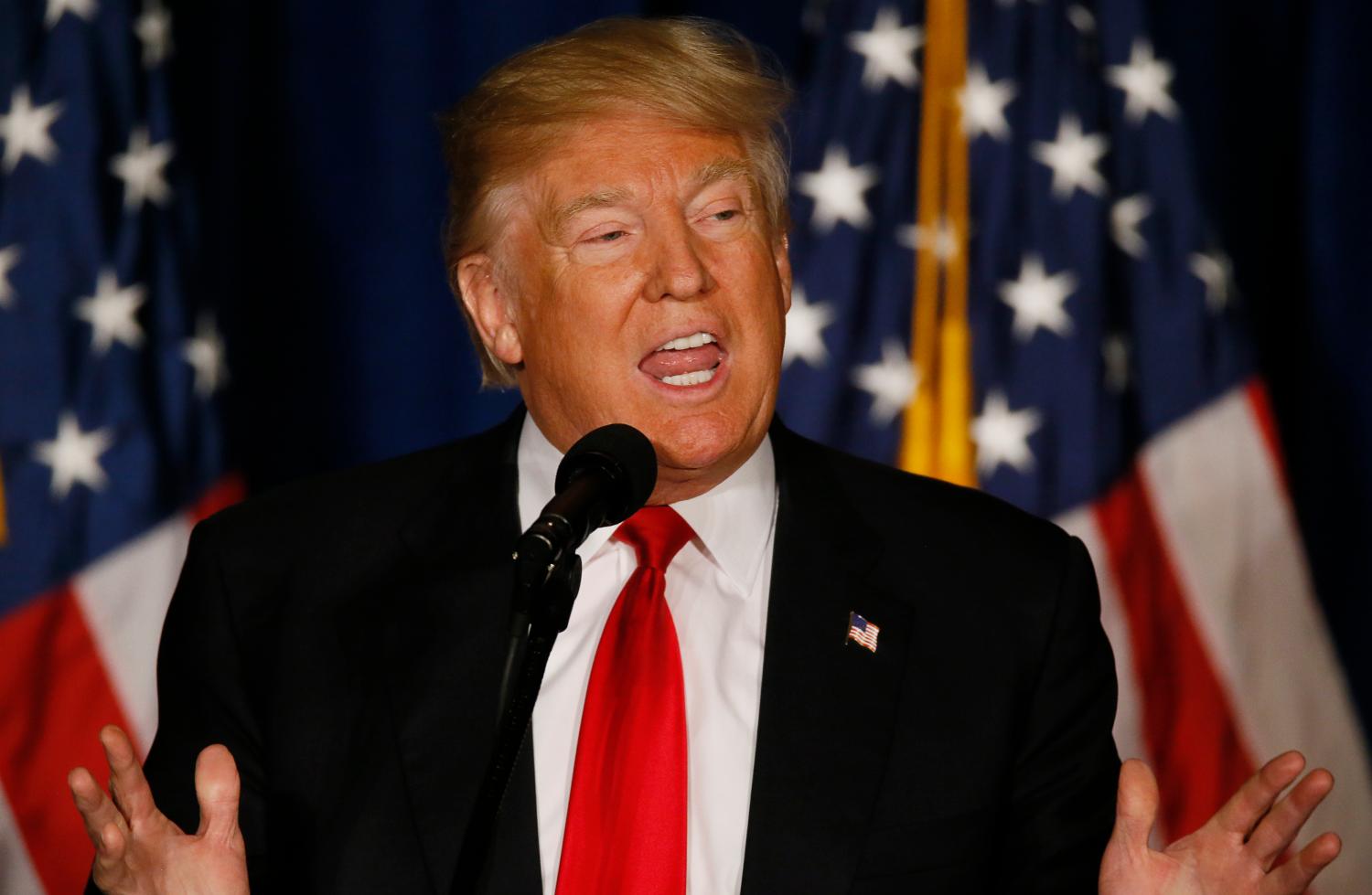
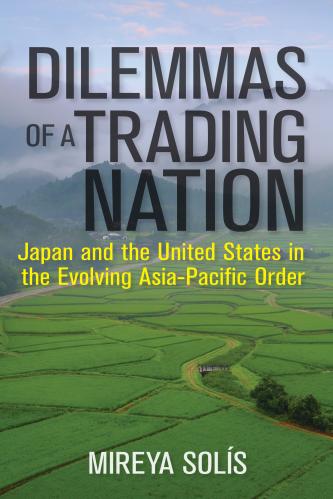
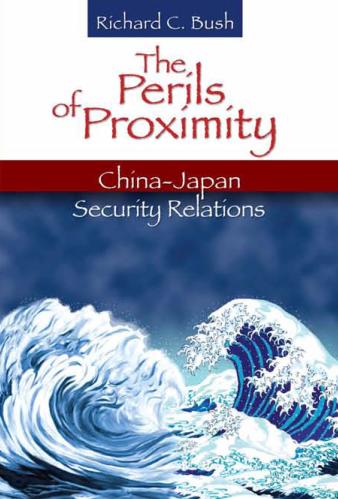

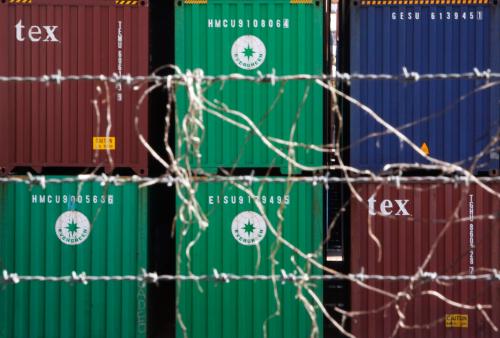

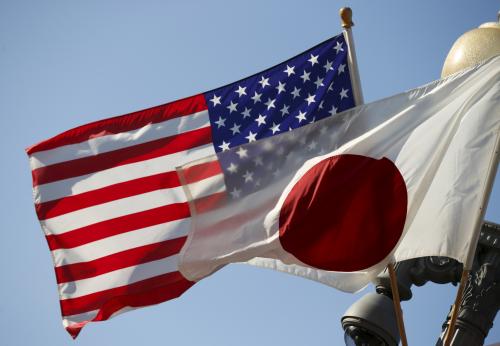




Commentary
The TPP is dead, long live the TPP
November 11, 2016